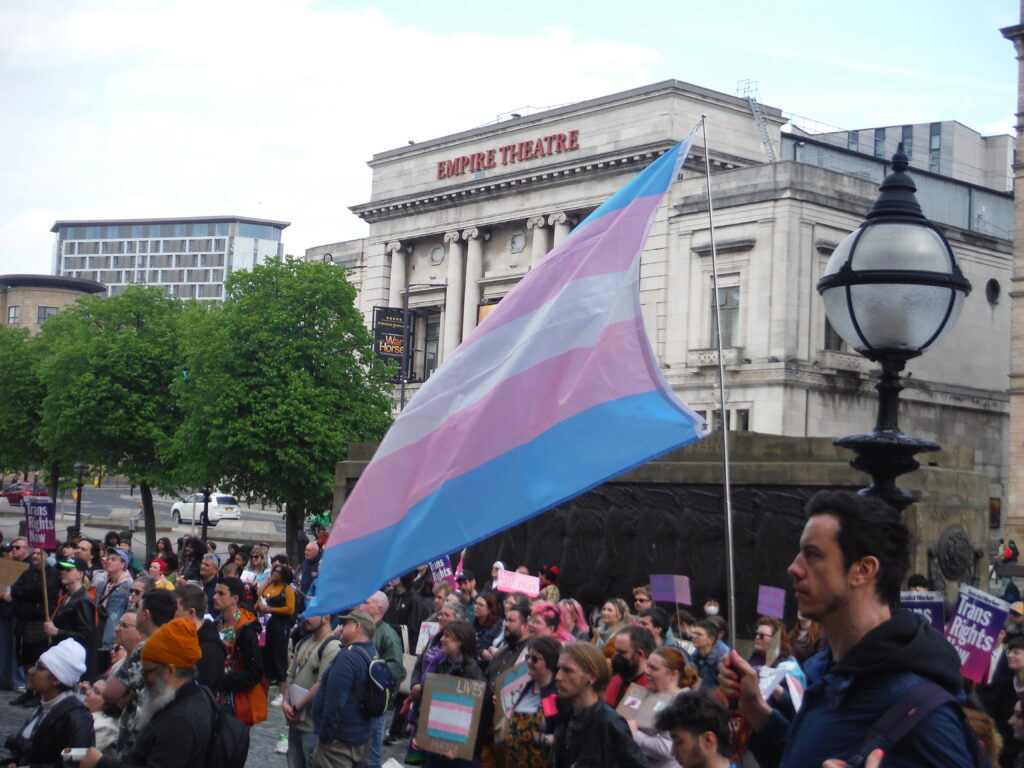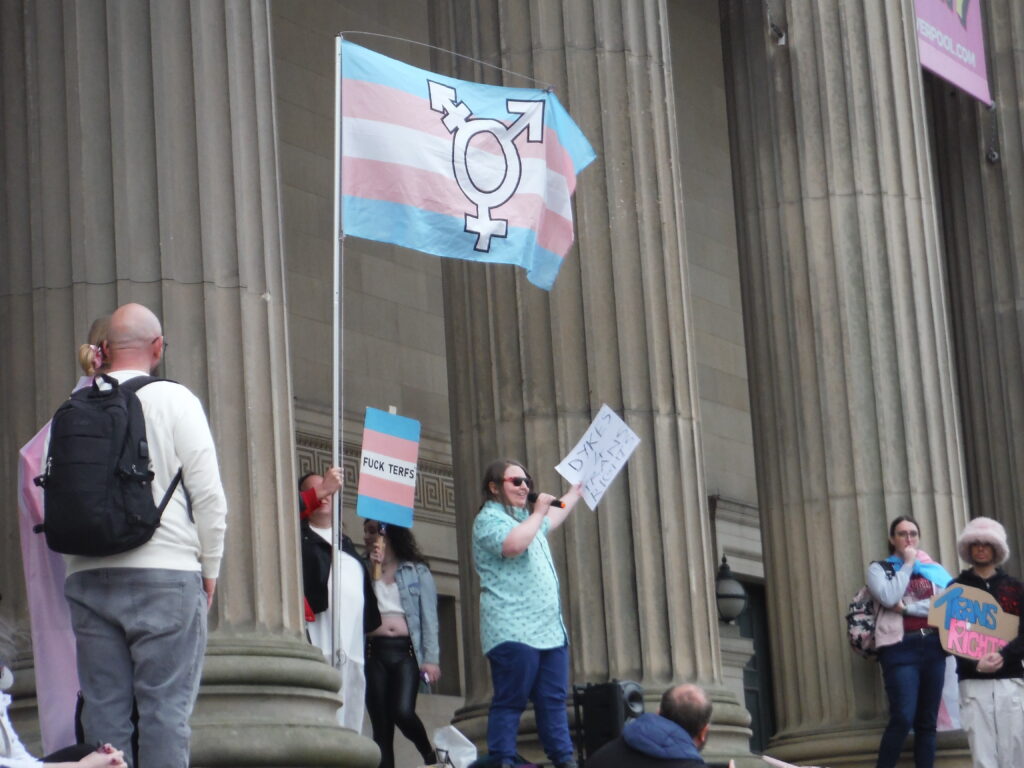After reading that the Supreme Court has ruled that the legal definition of a woman is based solely on biological sex, my girlfriend remarked at how shocking it is that many of the anti-trans activists are lesbians. She didn’t understand why women who have been socially ostracised for their identity can be at the forefront of campaigns to ostracise others.
Campaigners from For Women Scotland, the organisation that brought the case forward, stood outside of the Supreme Court holding placards, one of+ which stated: “No man can be a lesbian.” Organisations such as the LGB Alliance were also vocally supportive of the ruling, tweeting: “We are delighted that the UK Supreme Court has ruled unanimously that sex and sexual orientation in the Equality Act are biological”. The LGB Alliance is trans-exclusionary and argues that the rights of those with same-sex attraction are endangered by the inclusion of trans people. With many middle-aged lesbians seemingly spearheading anti-trans activism, it begs the question- do they not remember when it was their identities being used as a political scapegoat?

Allison Bailey, one of the founders of the LGB Alliance, is 55 years old, and was a lesbian teenager during the time of Section 28- a piece of homophobic government legislation, forbidding the ‘promotion’ of homosexuality. On her website, she recounts this experience:
“Section 28 of the Local Government Act 1988 was a historic act of wickedness that left young LGB teenagers like me with no resources, support or guidance whatsoever. I bear the scars of that abandonment to this day.”
A few comparisons can be drawn between Section 28 and contemporary anti-trans legislation. Section 28 was a part of the Local Government Act of 1988. It asserted that local authorities in England, Scotland, and Wales “shall not intentionally promote homosexuality or publish material with the intention of promoting homosexuality” or “promote the teaching in any maintained school of the acceptability of homosexuality as a pretended family relationship”. Essentially, this meant that, by law, government institutions such as schools and local councils, could not present homosexuality as remotely acceptable. This, as Alison Bailey recounted, left countless homosexual people abandoned by the government and general society.
Comparatively, the way in which the recent Supreme Court ruling has been interpreted will likely lead to increased societal ostracisation of transgender people. The Equality and Human Rights Commission has interpreted the ruling in an extreme manner, banning transgender men and women from single-sex spaces: from toilets, to businesses, and even schools.
This raises several alarming questions: how are institutions going to be enforcing this? How will people respond when passing trans men are forced to use the women’s toilet?
This, like Alison Bailey’s experience of Section 28, is a societal rejection of transgender people, invalidating their identities and making it acceptable (and the law) for anyone to deny a trans person access to a gendered space. In schools, transgender children will have to use spaces aligning with their assigned gender at birth, which therefore will set a precedent that being transgender is not acceptable. Like with Section 28 where it was illegal to promote the acceptability of homosexuality in schools, now it is illegal to accept the identity of transgender children in schools. More than 35 years later, the only thing that has changed is which minority is being scapegoated.
The term “scapegoating” is defined by the Cambridge Dictionary as: “the act of blaming a person or group for something bad that has happened or that someone else has done”. It is used as a tool by (predominantly) right-wing governments or groups to unite people through fear and hate. Many minority groups have been politically targeted in this way including immigrants, people of colour, and members of the LGBTQ+ community.
Scapegoating is most effective in periods of economic decline or stagnation, where those in power aim to blame the general discontent on something other than their own failings. An increase in anti-LGBT scapegoating signifies a move towards the far right and is something to be deeply concerned about.
In the 1980s, Thatcher’s government did not just attack homosexuals, she caused millions of working-class people to become unemployed, precipitated a social housing crisis, and her privatisation policies are arguably the reason why we have disastrous transport and water industries. Anti-trans legislation is not a localised issue- it fuels right wing, populist politics and threatens people with a range of minority identities.
Considering the Supreme Court’s recent ruling, it is important to remember who the real threat to women’s safety is- men. Never in my life has a transgender person made me feel uncomfortable, where men have threatened my safety many times. Transgender people (specifically transgender women) are being labelled as a threat to women and invaders of women’s spaces.
The simple fact is that transgender women are not the perpetrators of sexual violence, but the victims of it, with 47% of transgender people estimated to experience sexual assault in their lifetime. We must not fall prey to this vindictive scapegoating, and we must not let history repeat itself.

Leave a Reply